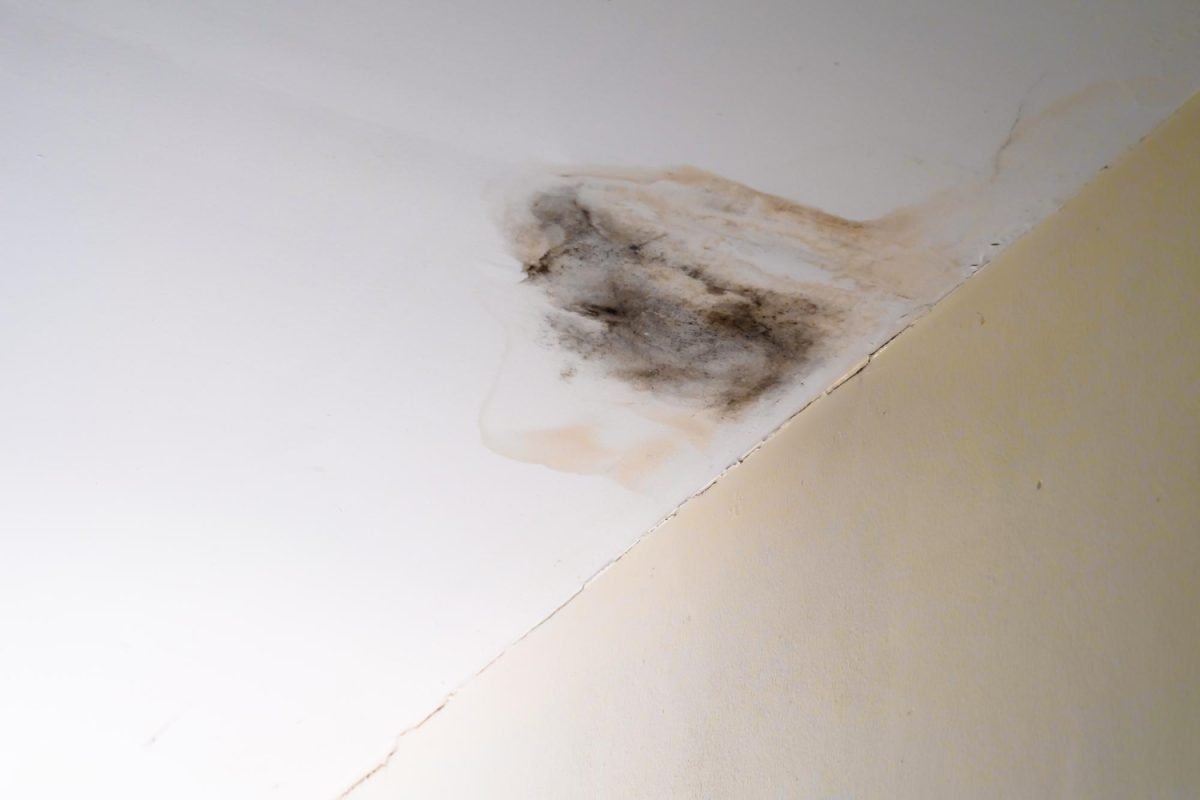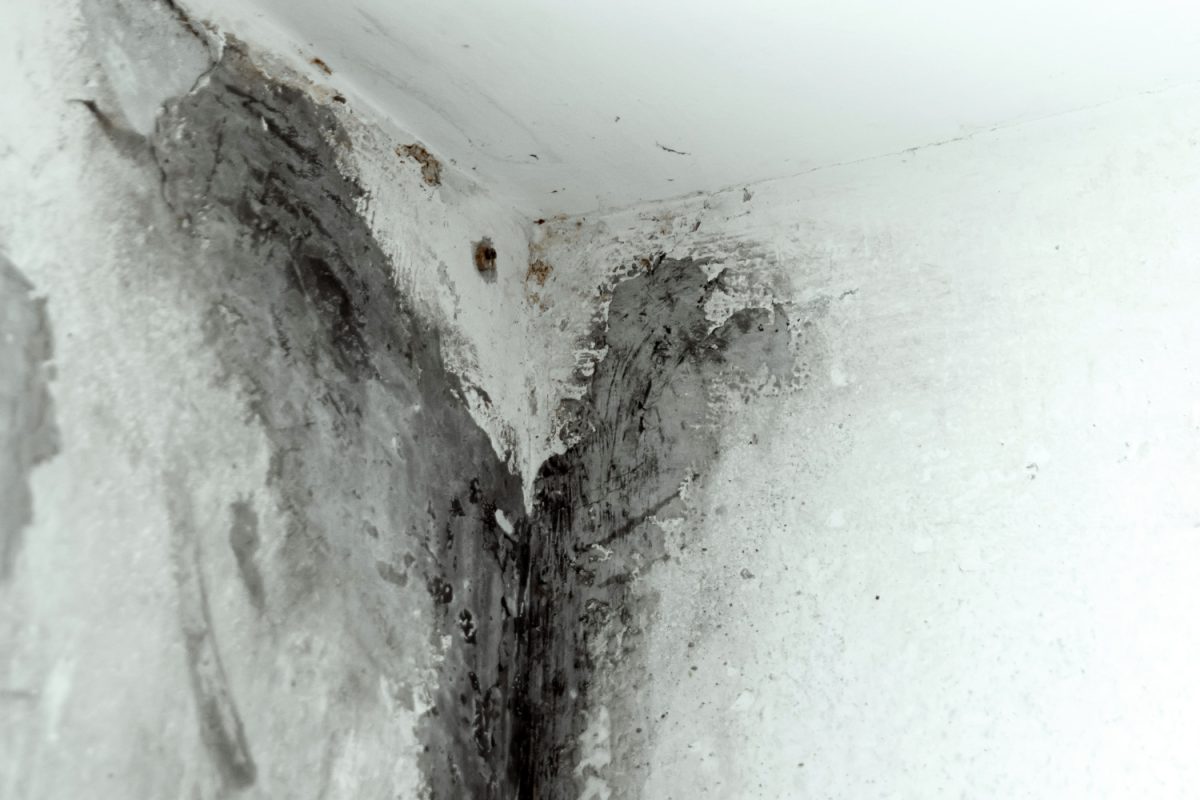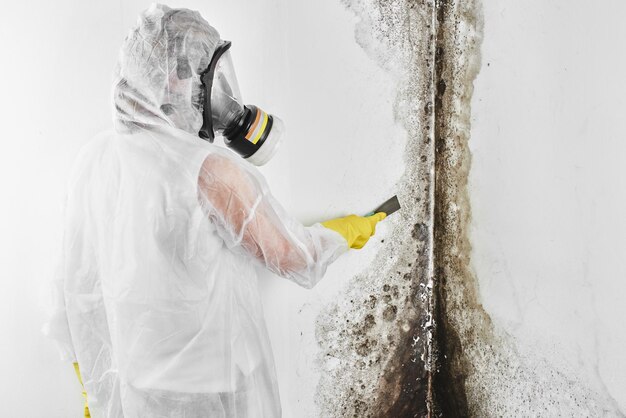When you think of threats to your home, mold might not be the first thing that comes to mind. Yet, this sneaky intruder can cause more trouble than you’d expect, especially when it hides in the places you least expect. Hidden mold isn’t just an unsightly growth; it can lead to significant health issues and damage to the structure of your home. In a place like Colorado Springs, where temperatures and humidity can vary, being aware of where and how mold might be lurking is important for every homeowner.
Detecting hidden mold can prevent major headaches down the line. The trick lies in recognizing telltale signs before the problem spirals. Mold isn’t always obvious. It’s often out of sight, quietly affecting your living space. By understanding where it might be growing and how to spot it, you can take steps to deal with it effectively—keeping your home safe and sound.
Signs of Hidden Mold in Colorado Homes
Identifying hidden mold early can save you from future problems. Here are key signs to be mindful of:
– Unpleasant Odors: Mold generates a musty smell. If you notice this scent in your home, even if the visual signs are absent, it’s worth investigating further.
– Discolored Walls: Watch out for staining or watermarks on walls and ceilings. These can signal moisture problems, which allow mold to thrive unseen.
– Peeling Wallpaper: This can be a subtle sign that moisture and mold might be lurking underneath.
– Allergy-like Symptoms: If you experience sneezing, nasal congestion, or skin irritation while at home, it could be more than just seasonal allergies. Mold can cause these symptoms without you realizing the air quality is compromised.
Being aware of these signs can help you catch mold before it causes major damage or health issues. If any of these issues persist, it’s time to take action.
Common Places Mold Hides
Mold is sneaky. It loves dark, damp areas that don’t get much attention. Here’s where it might be hiding in your home:
– Behind Wallpaper: Mold can grow in the space between your wall and paper, where it’s dark and humid.
– Under Carpets: If carpets get wet and aren’t promptly dried, mold can develop underneath, especially if the padding stays damp.
– Inside Walls: Small leaks inside walls provide an ideal environment for mold. Drywall can absorb and retain moisture, allowing mold to establish itself without being seen.
– Basements and Bathrooms: These spots are notorious for moisture buildup, making them prime locations for mold growth.
– Attics: Often poorly ventilated, attics trap moisture and heat, creating a perfect breeding ground for mold.
Recognizing where mold likes to hide empowers you to check these locations regularly, ensuring they stay dry and mold-free. Keeping an eye on these areas can help maintain a healthier living environment for you and your family.
The Health Risks of Hidden Mold
Mold lurking in your home can pose a variety of health concerns that affect everyone’s well-being. One of the biggest issues is its impact on the respiratory system. Mold spores can trigger asthma attacks and lead to new respiratory issues in people who don’t already have them. You might find that you’re coughing more often, wheezing, or finding it hard to breathe smoothly. For those with asthma, the situation can get worse, causing more reliance on inhalers or medications.
Beyond respiratory troubles, mold exposure can lead to other health problems, like skin rashes or persistent headaches. If you notice these symptoms cropping up whenever you’re at home, mold might be the invisible culprit. It’s essential to be aware and take action if you notice anything amiss with your health or with other family members. Regular health checks can help in catching symptoms early, linking them back to possible mold exposure.
The Importance of Professional Mold Inspection
While it might be tempting to tackle mold issues on your own, professional mold inspection is a wiser choice. Experts have the right tools and know-how to spot mold even in the trickiest of places. They can efficiently determine the extent of the problem and recommend effective solutions. This service is particularly relevant for residents in Colorado Springs, where conditions can favor mold growth.
Specialized equipment allows inspectors to assess what’s lurking behind walls or under floors without having to tear everything apart. They take air samples that can reveal the presence of spores you might miss. With their experience, they’ll guide you in understanding the extent of the problem. It gives you peace of mind knowing that all the mold, even the hidden bits, has been properly addressed.
Restoring Your Home’s Safety
Once hidden mold is discovered, taking steps to restore your home’s safety is a priority. Here’s a simple plan:
– Professional Treatment: Engage a certified mold remediation service to thoroughly eliminate mold from your home. They ensure that spores are cleaned up without spreading them to other areas.
– Dry Out Affected Areas: Fix any leaks or moisture issues. Using dehumidifiers can help keep the air dry and prevent mold from resettling.
– Regular Monitoring: Keep a close watch on spots known for mold. Schedule occasional checks for peace of mind that your space remains mold-free.
A thorough clean-up and some personal vigilance can help your home bounce back after mold issues, protecting your family’s health and maintaining structural integrity.
Keep Your Home Mold-Free
Maintaining a mold-free environment requires a bit of proactive effort. Here are some tips to keep mold at bay in Colorado homes:
– Control Humidity: Use a dehumidifier, especially in damp areas like basements or bathrooms, to keep moisture levels low.
– Seal Windows: Particularly in winter, ensure your windows are tightly sealed to prevent moisture intrusion.
– Regular Ventilation: Open windows or use exhaust fans in kitchens and bathrooms to allow airflow, reducing moisture buildup.
– Routine Inspections: Routinely check hidden mold-prone areas like basements and attics. Address leaks or water damage immediately.
By implementing these straightforward practices, you’ll create a home less welcoming to mold. Keeping an eye on moisture levels and addressing issues quickly helps ensure a healthier living space, safeguarding your family from the potential risks that come with hidden mold.
Keeping your home free from hidden mold is crucial for maintaining a healthy environment. If you’re uncertain about mold presence in your home, don’t hesitate to get a professional assessment. Top Gun provides expert solutions to identify and address mold issues effectively. Ensure your home remains safe with a thorough mold inspection in Colorado Springs, safeguarding the well-being of your household.



